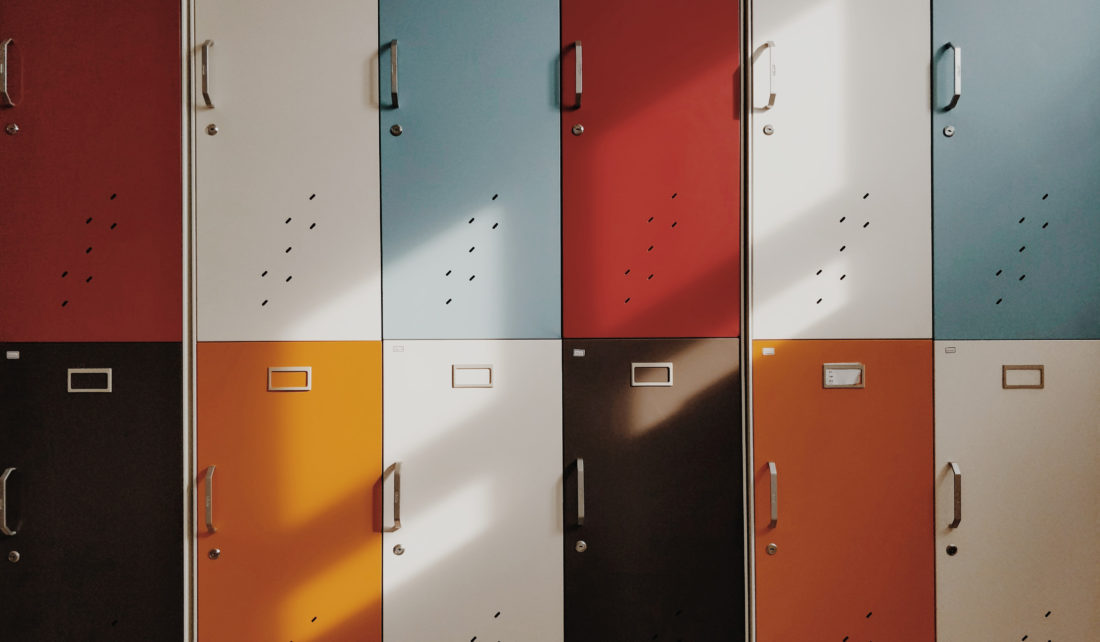
September, of course, means back to school. For many, this concept is only a memory. Others are living it firsthand, while parents experience this time through their children. But, it is clear, for most, this school year has started off differently than any we have known in the past.
As Illinois-Indiana Sea Grant continues to adjust programming for our socially distanced world, we are striving to be a resource for others. In time for this fall’s semester, we have created a weather and climate education toolkit where teachers and parents can find resources on the topics of weather, climate and climate change. This collection of activities can help empower educators, both locally and nationally, to be able to teach complex topics in a virtual setting.
Beyond the classroom, IISG is helping some local businesses navigate the pandemic and prepare for a more resilient future. We are engaging with Lake Michigan charter fishing captains in Illinois and Indiana to understand how COVID-19 has affected them and to provide information on government programs that can help stabilize their businesses. IISG is also leading a pilot-study project to help aquaculture producers receive critical training so they can process their fish in commercial kitchens during times when normal distribution channels are interrupted.
In other pressing subjects, this fall, IISG will host a series of virtual workshops to improve understanding of Lake Michigan’s changing water levels. In 2020, the lake repeatedly broke monthly high-water level records. With a focus on the southern Lake Michigan region, we are bringing together scientists and other experts who are engaged in lake-level changes and their effects. We envision that information generated through these workshops will inform the development of products, tools, and datasets that help communicate the risks associated with future water level changes, whether lake levels be high or low.
Finally, I’d like to share that IISG has brought back The Helm, the program’s long-running news publication. Now an annual magazine, The Helm is a collection of program research, outreach and education success stories and ongoing activities to address coastal concerns. This issue is focused on addressing urban flooding, the seafood trade deficit, critical natural resources, and more.
Tomas Höök
Director, Illinois-Indiana Sea Grant
Illinois-Indiana Sea Grant is a part of University of Illinois Extension and Purdue Extension.

